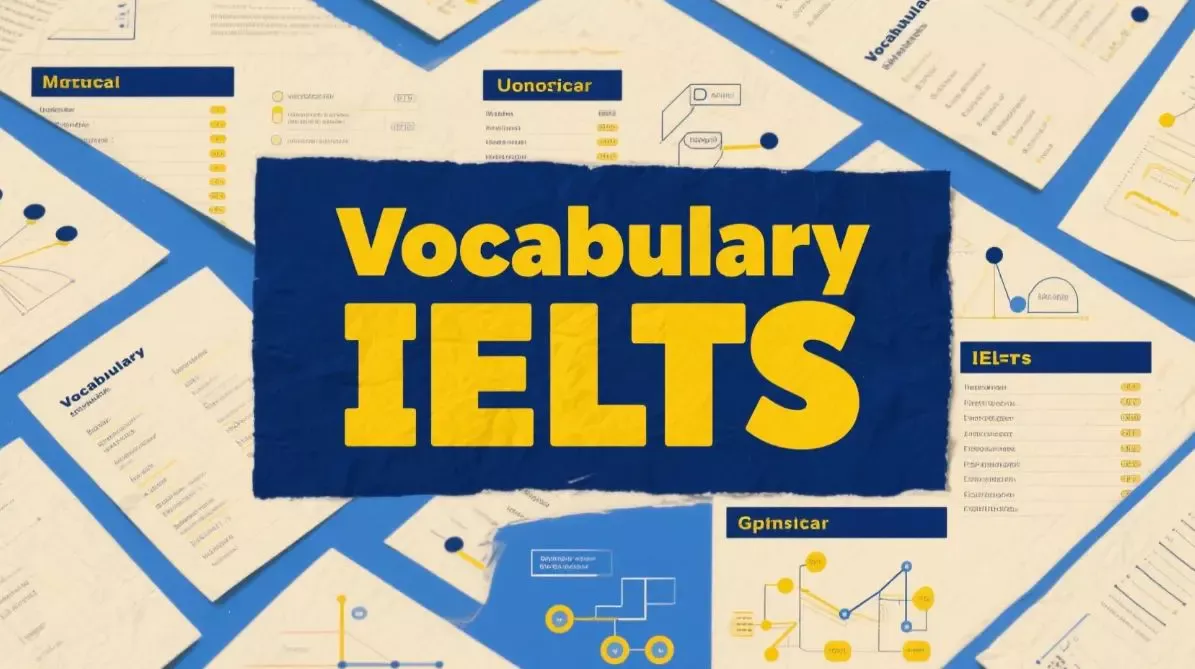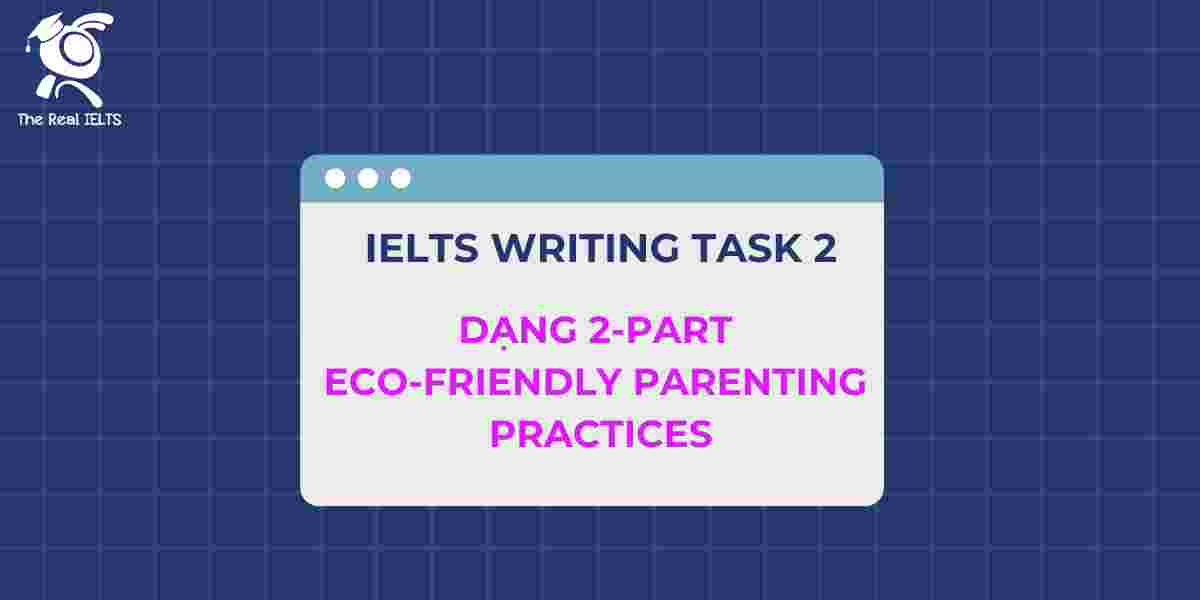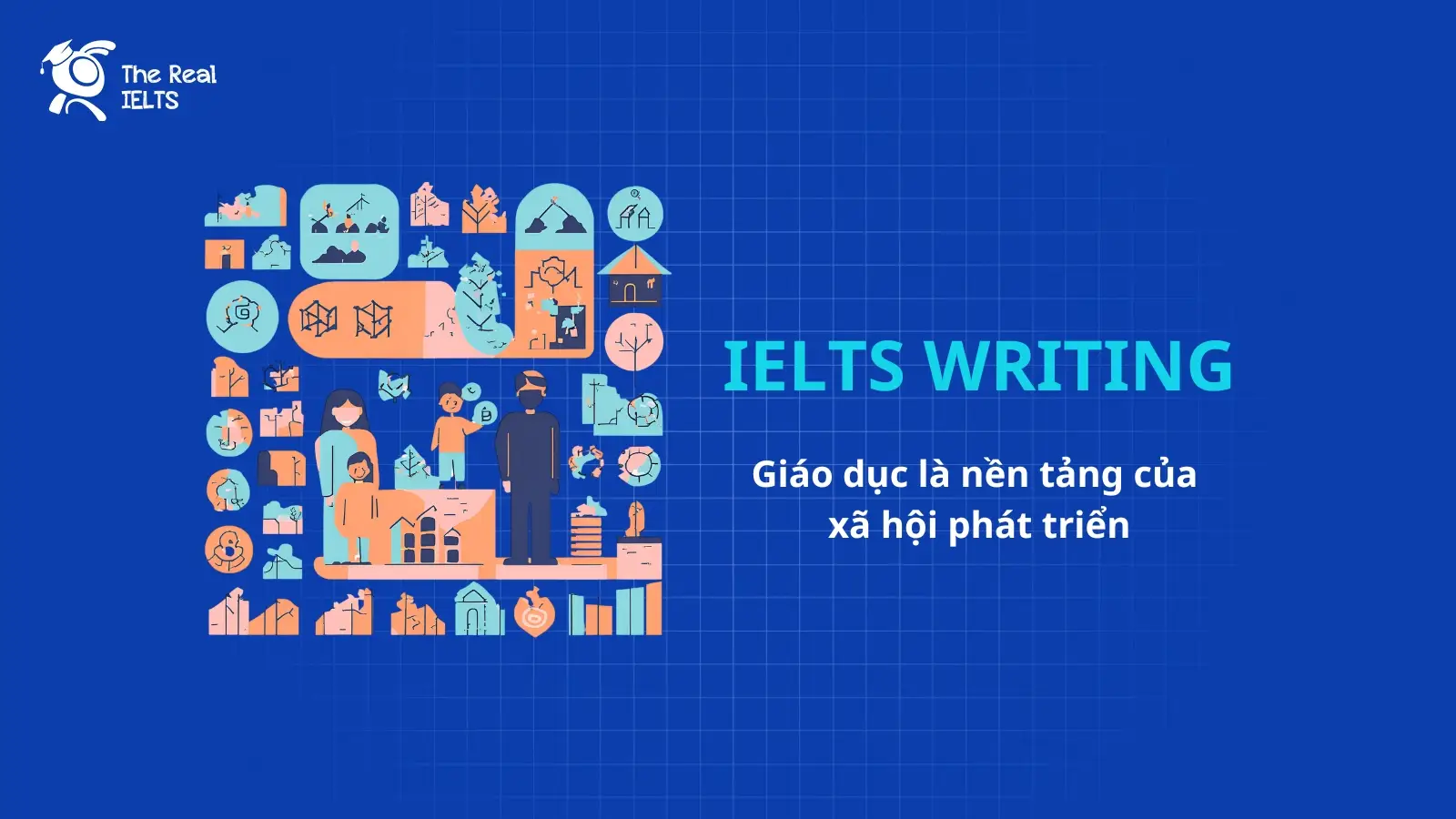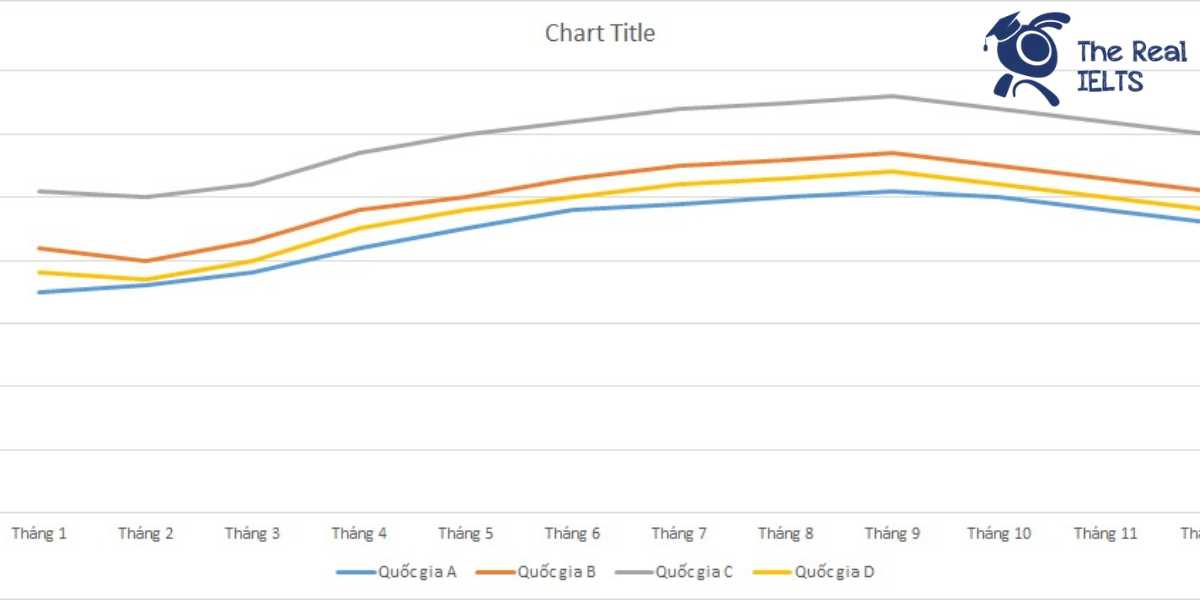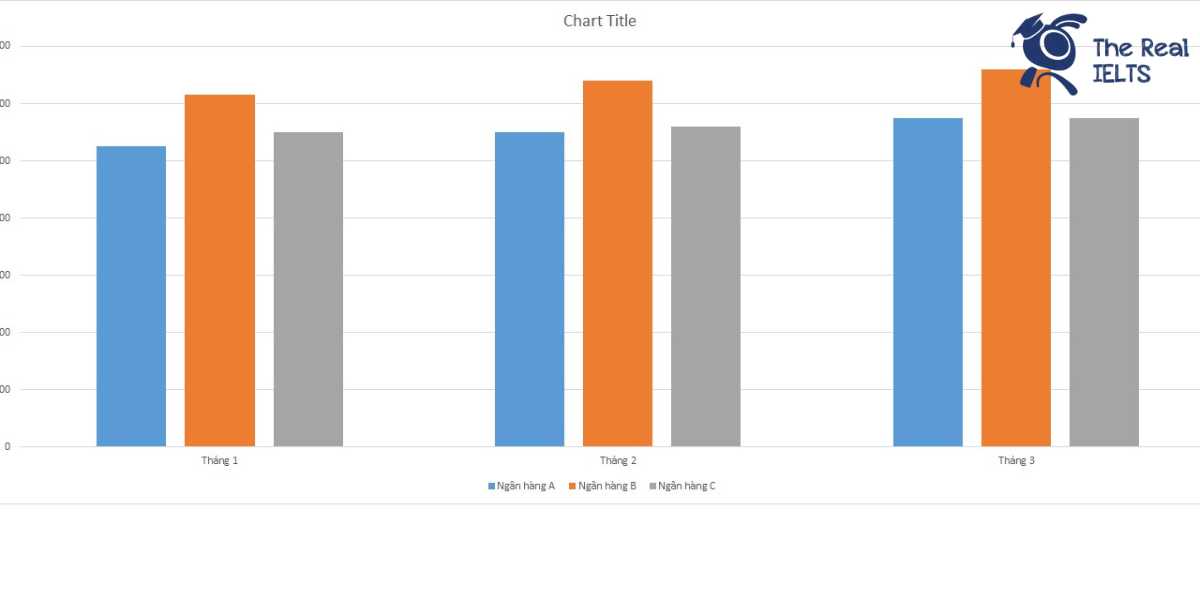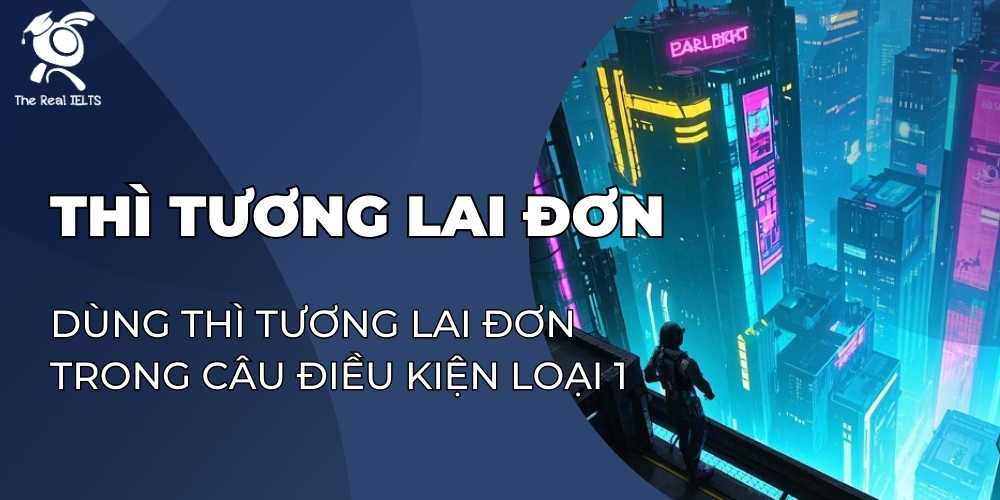Luyện tập IELTS Reading ngày 26 có chủ đề: Global Migration Patterns and Their Socio-Economic Impact. Bài này thuộc chuỗi IELTS Reading: 30 chủ đề luyện tập. Mỗi bài này luyện tập khoảng 30 phút.
Học lại bài cũ: IELTS READING Day 25: Plastic Pollution: Environmental and Health Risks.
Đọc bài IELTS Reading và trả lời câu hỏi ở bên dưới
Migration has been a key component of human history, shaping cultures, economies, and political structures across the globe. In the modern era, global migration patterns have become increasingly complex and multi-faceted, driven by a combination of socio-economic, political, and environmental factors. This phenomenon has led to both opportunities and challenges for both sending and receiving countries.
Historical Migration Trends
Historically, migration patterns were primarily influenced by the search for better agricultural land, resources, or escape from conflict. During the 19th and early 20th centuries, large-scale migration occurred as Europeans sought new opportunities in the Americas, Australia, and Africa. This migration wave significantly altered the demographic compositions of these regions, resulting in lasting cultural and economic changes.
In the mid-20th century, decolonization and the aftermath of World War II prompted further waves of migration, with many people moving from former colonies to European countries. This migration was often encouraged by the need for labor in post-war economies. These migratory flows set the foundation for today’s increasingly globalized movement of people.
Current Migration Patterns
Contemporary global migration is characterized by several distinct patterns. Economic migration remains a dominant trend, with individuals moving from developing to developed countries in search of better job opportunities. Countries such as the United States, Germany, and Canada are key destinations for economic migrants.
However, political instability, conflict, and environmental factors have also contributed to forced migration. Regions like the Middle East and sub-Saharan Africa have seen a significant increase in the number of refugees and asylum seekers due to war and political turmoil. Climate change has further complicated these patterns, as rising sea levels and extreme weather events displace communities, leading to internal and cross-border migration.
Economic Impacts of Migration
Migration plays a significant role in the economic development of both sending and receiving countries. For sending countries, remittances from migrants constitute a crucial source of foreign income. In countries such as the Philippines and Mexico, remittances have a direct impact on poverty reduction and the improvement of living standards. However, the loss of skilled workers, often referred to as a “brain drain,” can hinder the economic growth of sending countries, especially in sectors like healthcare and education.
In receiving countries, migrants often fill labor market gaps, particularly in industries such as agriculture, construction, and healthcare. These industries depend on low-wage migrant labor to function effectively. Additionally, migrants contribute to the economy by paying taxes, stimulating demand for goods and services, and fostering innovation. However, there can also be challenges, including the strain on public services and social tensions that arise from perceptions of competition for jobs and housing.
Social and Cultural Impacts
The socio-cultural effects of migration are equally significant. In multicultural societies, migration has enriched cultural diversity, leading to more vibrant and dynamic communities. Cities such as London, New York, and Toronto are prime examples of how migration has fostered cultural exchange and innovation.
However, the integration of migrants into host societies can also be challenging. Differences in language, customs, and religious practices can create tensions, particularly in areas with high levels of immigration. Some political movements have capitalized on these tensions, leading to the rise of nationalist and anti-immigration sentiments in various countries.
Future Trends and Challenges
As global migration continues to evolve, several trends and challenges are emerging. Climate-induced migration is expected to increase as environmental changes force people to leave their homes. Furthermore, aging populations in many developed countries will likely require more migrant labor to support their economies. However, addressing the social and political challenges associated with migration, such as xenophobia and inequality, will be crucial to ensuring the benefits of migration are fully realized.
Từ vựng
- Migration – Di cư
- Patterns – Mô hình
- Socio-economic – Kinh tế – xã hội
- Component – Thành phần
- Opportunities – Cơ hội
- Challenges – Thách thức
- Sending countries – Các nước xuất cư
- Receiving countries – Các nước nhập cư
- Historical – Lịch sử
- Demographic – Nhân khẩu học
- Cultural – Văn hóa
- Economic – Kinh tế
- Post-war – Hậu chiến
- Globalized – Toàn cầu hóa
- Contemporary – Đương đại
- Asylum seekers – Người xin tị nạn
- Climate change – Biến đổi khí hậu
- Remittances – Kiều hối
- Poverty reduction – Giảm nghèo
- Brain drain – Chảy máu chất xám
- Labor market – Thị trường lao động
- Innovation – Đổi mới
- Public services – Dịch vụ công
- Multicultural – Đa văn hóa
- Integration – Sự hội nhập
- Tensions – Căng thẳng
- Xenophobia – Bài ngoại
- Nationalist – Chủ nghĩa dân tộc
- Anti-immigration – Phản nhập cư
- Inequality – Bất bình đẳng
Câu hỏi IELTS Reading
1. Multiple Choice
- According to the passage, what has been a primary driver of historical migration patterns?
- A. Climate change
- B. Political stability
- C. Search for better agricultural land
- D. Technological advancements
- Which of the following is NOT mentioned as a factor influencing contemporary migration?
- A. Economic opportunities
- B. Environmental factors
- C. War and political instability
- D. Educational opportunities
2. True/False/Not Given
- Large-scale migration from Europe to the Americas occurred during the 18th century.
- Remittances have a direct impact on reducing poverty in sending countries.
- The text suggests that migration always leads to increased social harmony in host countries.
3. Matching Information
Match the following factors with their corresponding effects mentioned in the text:
- 6. Economic migration
- Climate change
- Brain drain
A. Displacement of communities
B. Loss of skilled workers in sending countries
C. Filling labor market gaps in receiving countries
4. Sentence Completion
Complete the following sentences with NO MORE THAN TWO WORDS from the passage: 9. Remittances help improve __________ in sending countries.
10. Migrants contribute to the economy by paying __________.
11. Social tensions may arise due to competition for jobs and __________.
Đáp án IELTS Reading
1. Multiple Choice
- C. Search for better agricultural land
- D. Educational opportunities
2. True/False/Not Given
- False (It occurred during the 19th and early 20th centuries, not the 18th century.)
- True
- False (The passage mentions that social tensions can arise due to migration.)
3. Matching Information
- C. Filling labor market gaps in receiving countries
- A. Displacement of communities
- B. Loss of skilled workers in sending countries
4. Sentence Completion
- living standards
- taxes
- housing



